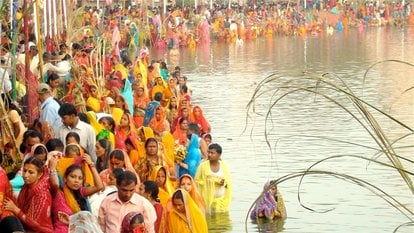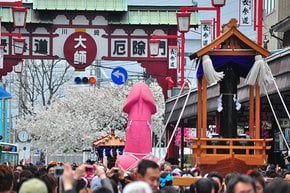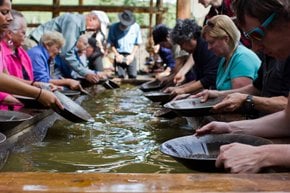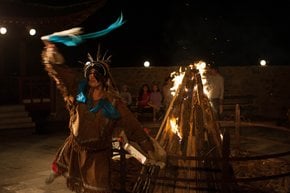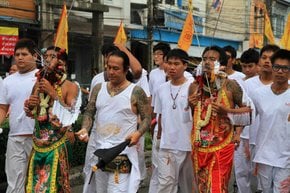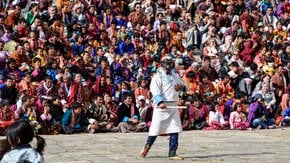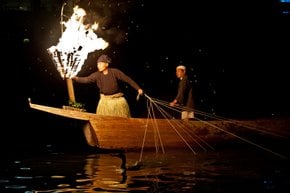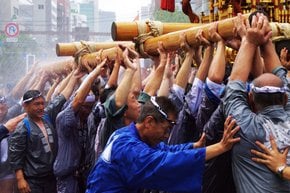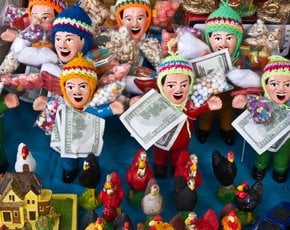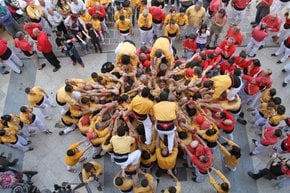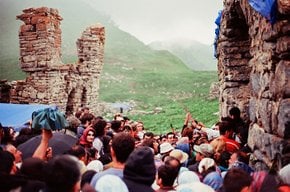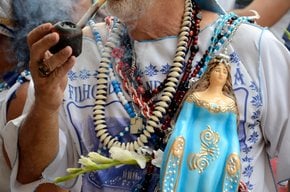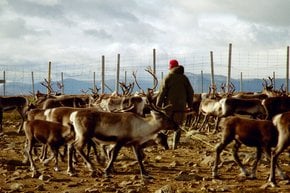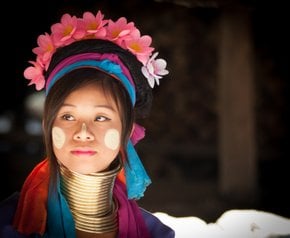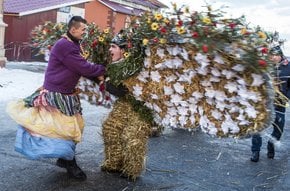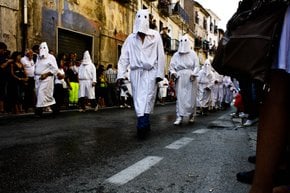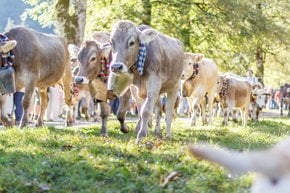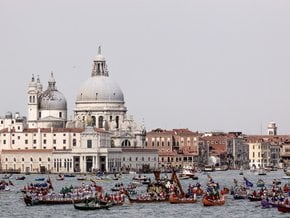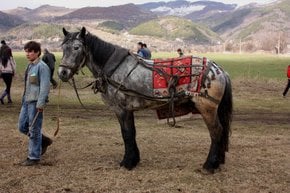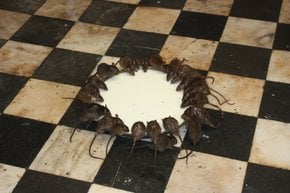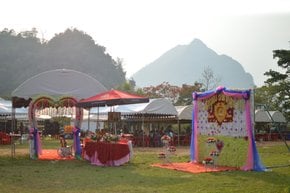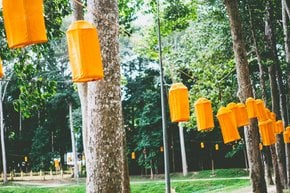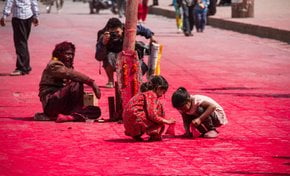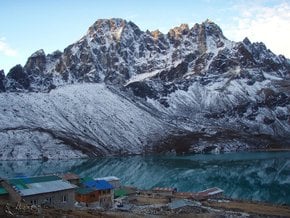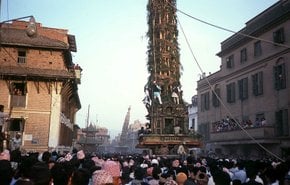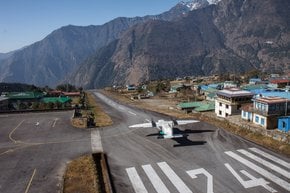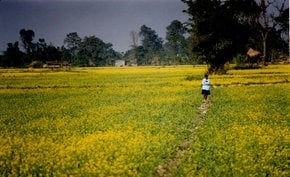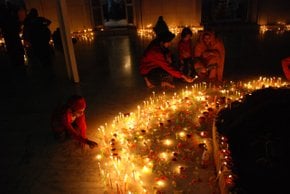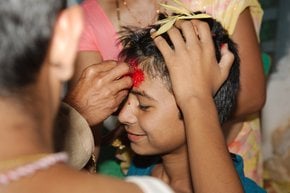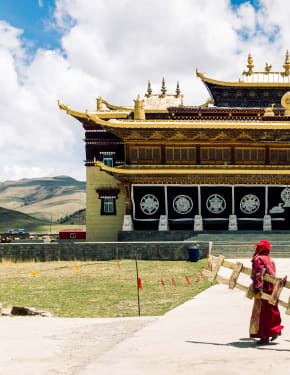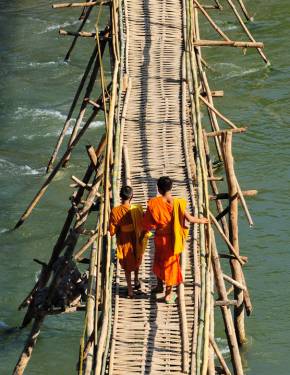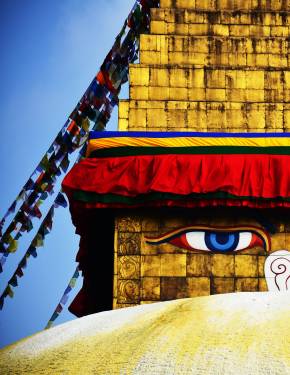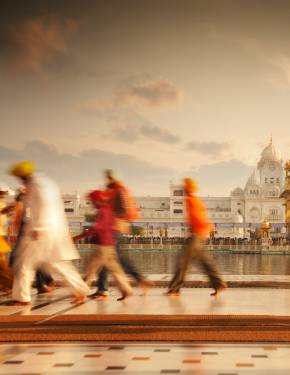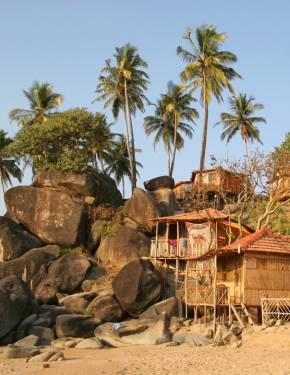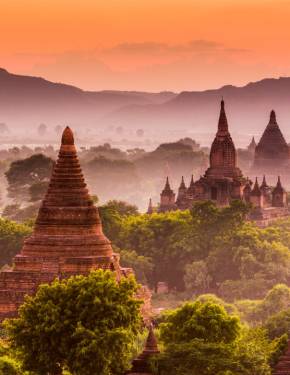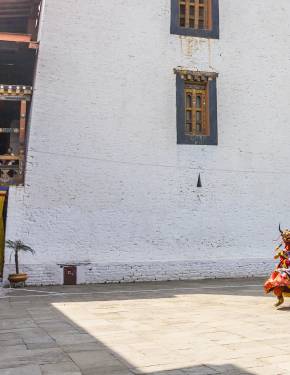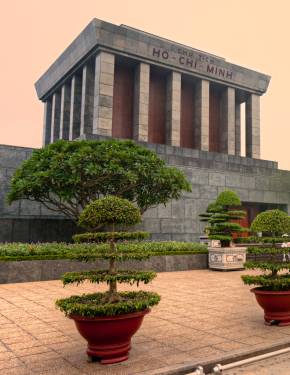Chhath Festival 2024 in Nepal
Originally Indian, the festival honours the god of sun. It is celebrated only in Terai region of Nepal
Dates: November 5–8, 2024
Chhath Festival, a deeply revered Hindu celebration, is dedicated to the worship of the Sun God, known as Surya Dev, and Chhathi Maiya. This ancient Vedic festival is primarily observed in the Indian states of Bihar, Jharkhand, Uttar Pradesh, and Nepal. Chhath Festival brings families together as devotees express their gratitude to the Sun for sustaining life and pray for health, prosperity, and well-being. The festival unfolds over four days, offering a captivating glimpse into the rich traditions of Hindu culture.
Rituals and Activities
The essence of the Chhath Festival revolves around rituals that showcase profound devotion and endurance. Each day’s rituals take place at dawn and dusk, with gatherings at riverbanks for public prayers. The key activities include fasting, performing prayers to the rising and setting sun, and standing in water for extended periods.
Day 1: Nahay Khay (Tuesday, November 5)
Devotees take a ritual bath in holy rivers, such as the Ganges, and prepare a meal, often simple, such as Kaddu Bhaat (pumpkin and rice), to mark the beginning of the fast.
Day 2: Lohanda and Kharna (Wednesday, November 6)
A day-long fast, broken after sunset with a home-cooked meal of kheer (sweet rice pudding) and chapati. Devotees then begin a 36-hour fast, abstaining from water.
Day 3: Sandhya Arghya (Thursday, November 7)
Devotees gather at riversides in the evening to offer prayers to the setting sun, a rare act in Hinduism, where sunrise worship is more common.
Day 4: Usha Arghya (Friday, November 8)
On the final day, the fast is concluded after prayers to the rising sun, symbolizing new beginnings and gratitude.
Location and Infrastructure
Chhath Festival in Nepal is mainly observed along rivers, such as the Bagmati and Kosi, or lakes and reservoirs. In cities like Kathmandu and Janakpur, major sites of worship are easily accessible by road. For those attending in more rural areas, smaller towns and villages may have limited infrastructure, but temporary facilities are often set up to accommodate visitors.
History of the Festival
Chhath Festival has roots in ancient Vedic tradition and is considered the only major Hindu festival dedicated solely to the Sun God. The name “Chhath” refers to the number six in Nepali and Hindi, as the festival occurs on the sixth day of the month of Kartik. Historical accounts link the origins of Chhath Puja to various legends, including the Pandavas and Draupadi from the Mahabharata, who performed the rituals to overcome adversity.
Over centuries, Chhath has evolved into a widely celebrated festival, with some practices dating back to Karna, the son of Surya in Hindu mythology. Today, the festival remains a symbol of perseverance and gratitude, deeply embedded in the cultural fabric of the regions where it is observed.

